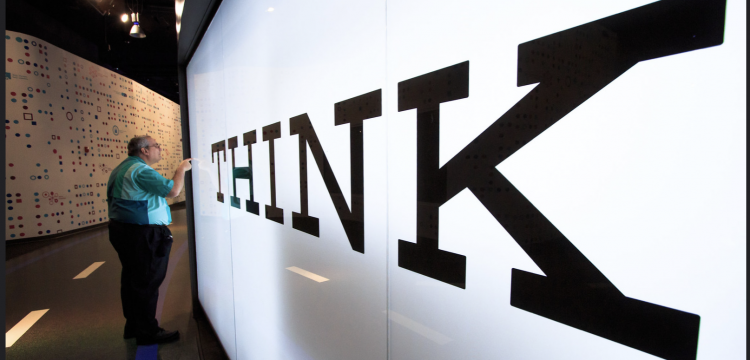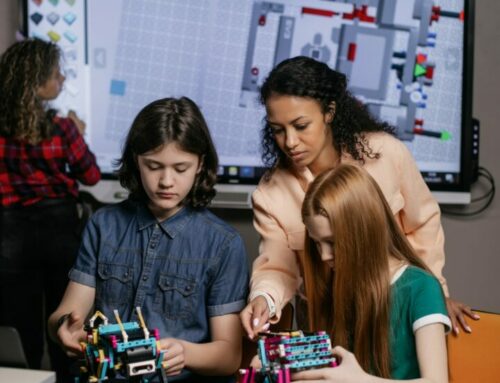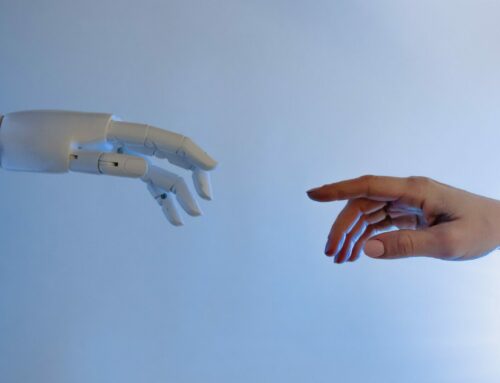HE institutions must learn to adapt to innovate
Patrick Blessinger, Enakshi Sengupta, and Mandla Makhanya
Humanity stands on the precipice of an emerging revolution. This new revolution is brought about, in part, by the integration of biological, technological and social systems. For instance, we have seen remarkable advances in cybernetics, artificial intelligence, mixed reality, quantum computing, neural interfaces and genetic engineering, among others.
Development of human intelligence
This new revolution is just one in a long line of revolutions in human history over the past 10,000 years. The first major revolution was the Agricultural Revolution (also known as the Neolithic Revolution), which occurred in the Middle East around 10,000 BCE. This transition marked a turning away from nomadic hunting and gathering to stationary agricultural societies.
During this period, humans established non-nomadic societies centred on crop and animal farming. Humans domesticated both plants (for example, wheat, lentils and flax) and animals (for example, poultry and livestock) in order to establish a readily available and predictable source of food and clothing. The development of human intelligence allowed people to find a variety of uses for plants and animals.
Animals were also a source of transportation and labour as well as having symbolic value (for example, artistic, mythological and religious purposes) and a familial use (for example, for protection and companionship). The wide range of ways animals were used suggests that human intellectual ability and capacity advanced very quickly over a relatively short period of time and paved the way, cognitively and socially, for the development of written language around 3,000 BCE.
Growth of human intelligence
The ancient period (circa 3,000 BCE to 500 CE) and medieval period (circa 500 CE to 1450 CE) represented an era of continued social development, although at a relatively slow pace.
However, with the advent of the Democratic Revolution (circa 1760 CE), as well as the Industrial Revolution (circa 1760 CE), brought about by the use of water power and machinery to mechanise production systems, and the use of electrical power and steel in the 19th century to create mass production systems, the development of human societies shifted into high gear.
With innovations in information and digital technology starting in the mid-20th century, societies became more service-oriented and digitised. As a result, they have progressed from being predominantly agricultural and industrial-based societies to service and technology-based societies.
Political, economic, social and environmental changes have challenged our ability to respond effectively to these changes, especially with regards to upholding justice, rights and other democratic ideals.
The survival-of-the-fittest and a winner-takes-all paradigm, which largely characterised the agricultural and industrial-based eras, tends to create a society with greater political, economic and social inequalities and instabilities.
Thus, one of the main challenges for service- and technology-based societies is to find effective ways to make innovation work for all people. The development of civil society, democratic systems, universal education and universal human rights in the 20th century are a few such ways.
Impact of human intelligence
Every revolution was the result of new ways of thinking and transferring knowledge within and across societies. Not only do innovations bring about greater possibilities for a higher quality of life, but they also bring about greater risk and uncertainty. Without a framework of laws and ethics to guide their use, innovations can create greater levels of inequality and result in increased social tensions.
Thus, in the modern era, in addition to a humane rule of law, lifelong and lifewide education is a necessary condition for equity and inclusion. Today, humans live in a highly globalised world. Through mobile technology and the internet, they can transcend space and time boundaries to instantly connect to people and information – that is, their access to knowledge is, for all practical purposes, unlimited.
As we develop the Internet of Things, artificial intelligence, mixed realities, synthetic biology and neural interfaces, the global systems of producing and consuming knowledge will be transformed, and, as a result, our entire political, economic and social way of life will change. This emerging paradigm will alter the relationships and interdependency among living and non-living entities in many ways.
Rethinking higher education
This emerging paradigm will also bring challenges and opportunities for higher education. The question then becomes: how do we steer and manage the direction of this emerging reality so that we can control it for the betterment of the planet (people, animals and the environment)?
Innovation is a catalyst for change and often results in major disruptions in the daily lives of people. This not only occurs in the disruption of labour markets through the demand for new knowledge and skills, but also in the way humans understand and interact with others and the environment. Thus, lifelong and lifewide learning is now viewed as a universal human right.
People must have the opportunity and means to continually learn through formal and non-formal systems of education in order to equip themselves with the knowledge and skills needed to function effectively in the emerging global knowledge society.
This also means learning how to learn and learning how to think both critically and creatively. All else being equal, talent development and creative thinking have now become as important as knowledge and skills. Fortunately, talent development and creative thinking can be learned by anyone just as the acquisition of knowledge and skills can be learned by anyone.
Talent development and creative thinking should be viewed as a renewable resource and should therefore become an essential component of higher education if it wants to remain relevant in the lives of people and society.
It is important for decision-makers not to become stuck in antiquated modes of thinking which no longer address the realities of the modern era. Higher education institutions, like all institutions, must learn to adapt to change. For instance, most universities now offer multiple ways to access teaching and learning through innovative e-learning systems (for example, web-enabled, hybrid and online courses).
The aim is to provide high-quality, lifelong access to education in ways that fit the needs of all students. The University of South Africa, for example, is able to serve 400,000 students from Africa and around the world because of its innovative use of e-learning.
Adapting to the contemporary needs of students and society means universities can help shape the future of education.
Patrick Blessinger is an adjunct associate professor of education at St John’s University, New York City, United States, and chief research scientist for the International Higher Education Teaching and Learning Association or HETL. Enakshi Sengupta is director of the Center for Advanced Research in Education at HETL. Mandla Makhanya is principal, vice-chancellor and professor at the University of South Africa and president of HETL. HETL will explore the issues raised in this article in its upcoming conference, The International Higher Education Teaching and Learning Conference.
Suggested Citation:
Blessinger, P., Sengupta, E., & Makhanya, M. (2020). HE institutions must learn to adapt to innovate. University World News, https://www.universityworldnews.com/post.php?story=20200120133014954
or
Blessinger, P., Sengupta, E., & Makhanya, M. (2020). HE institutions must learn to adapt to innovate. Higher Education Tomorrow, Volume 7, Article 1, https://www.patrickblessinger.com/he-institutions-must-learn-to-adapt-to-innovate.
Copyright © [2020] Patrick Blessinger, Enakshi Sengupta, and Mandla Makhanya
Disclaimer
Opinions expressed in this article are those of the author, and as such do not necessarily represent the position(s) of other professionals or any institution.




